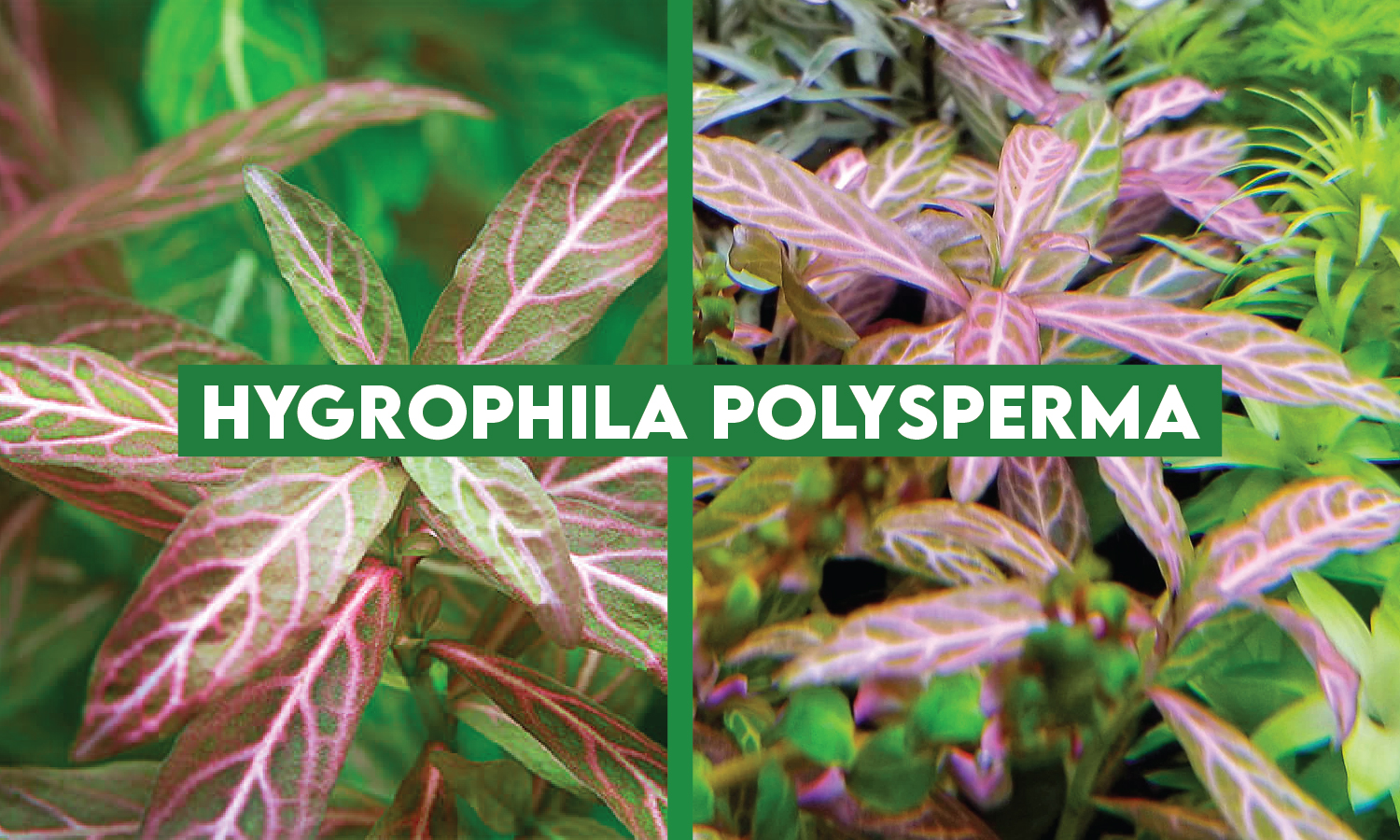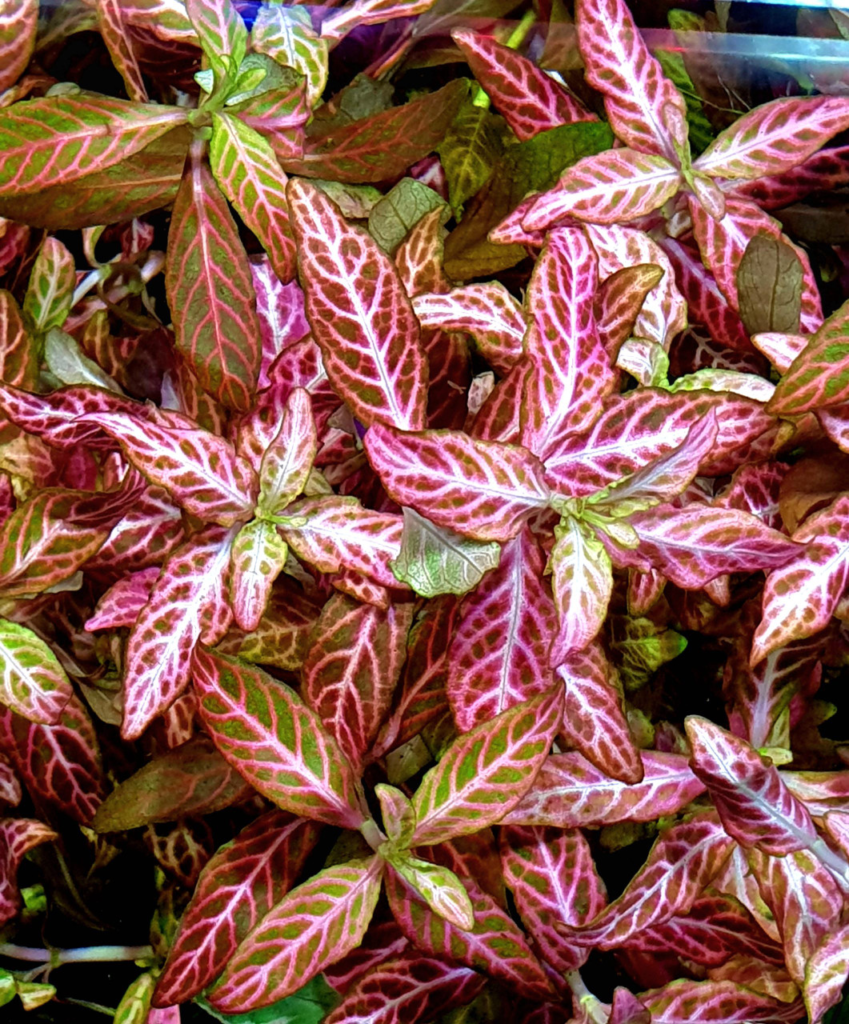Life Style
Why Does Hygrophila Polysperma Get Black Tips? Causes, Solutions, and Prevention

Hygrophila polysperma is a beloved aquatic plant among aquarium enthusiasts due to its beauty, versatility, and ability to thrive in various conditions. However, many hobbyists encounter a common issue—black tips, or “puntas negras,” on its leaves and stems. These dark discolorations, while not immediately harmful, can indicate underlying problems in the tank that could affect the plant’s overall health if left unresolved.
What is Hygrophila Polysperma?
Hygrophila polysperma, also known as “dwarf hygrophila,” is a hardy aquatic plant native to Southeast Asia. Its vibrant green leaves and rapid growth make it a popular choice for aquascaping. Under high light, its leaves can even develop a reddish hue, adding a stunning visual contrast to aquariums.

This plant is ideal for beginners due to its adaptability to various water conditions, but it still requires consistent care to maintain its health and appearance.
What Are Black Tips (Puntas Negras) in Hygrophila Polysperma?
Black tips, or “puntas negras,” refer to the dark discoloration that appears on the edges or tips of hygrophila polysperma leaves and stems. While the condition is not uncommon, it can be alarming for aquarists who strive to maintain a healthy and vibrant tank.
These black tips are typically a symptom of stress, nutrient imbalances, or environmental issues within the aquarium. Identifying the root cause is crucial to restoring the plant’s health and preventing further damage.
Common Causes of Black Tips in Hygrophila Polysperma
1. Nutrient Deficiency
Hygrophila polysperma requires a variety of nutrients to thrive. A deficiency in essential elements such as iron, potassium, or magnesium can lead to discoloration. For example:
- Iron deficiency: Yellowing of leaves that progresses to black tips.
- Potassium deficiency: Pinholes or dark edges on leaves.
2. Poor Lighting Conditions
This plant requires moderate to high lighting to maintain its vibrant color and support photosynthesis. Inadequate or inconsistent lighting can weaken the plant, causing black tips to develop over time.
3. Water Quality Issues
High levels of ammonia, nitrates, or other pollutants in the tank can stress plants and cause discoloration. Additionally, fluctuating pH levels or poor filtration can exacerbate the problem.
4. CO2 Deficiency
As a fast-growing plant, hygrophila polysperma relies on a steady supply of carbon dioxide (CO2). Without sufficient CO2, the plant struggles to grow, leading to signs of stress such as black tips.
5. Temperature and Environmental Stress
Abrupt changes in water temperature, excessive algae growth, or overcrowded tanks can create unfavorable conditions for hygrophila polysperma.
How to Prevent Black Tips in Hygrophila Polysperma
1. Maintain a Balanced Nutrient Supply
Use a high-quality, all-in-one liquid fertilizer designed for aquatic plants to provide essential nutrients like iron, potassium, and magnesium.
- Consider root tabs for nutrient delivery to the substrate.
- Regularly test water parameters to identify and correct nutrient deficiencies.
2. Optimize Lighting
Install LED lights designed for aquatic plants, ensuring they provide adequate intensity and spectrum. Aim for:
- Lighting duration: 8–10 hours per day.
- Consistency: Use timers to avoid fluctuations.
3. Regular Water Testing and Maintenance
Monitor parameters such as pH, ammonia, nitrites, and nitrates to keep the water quality stable. Perform weekly water changes (20–30%) to reduce pollutants and maintain a healthy environment.
4. Enhance CO2 Levels
Adding a CO2 diffuser or liquid carbon supplements can significantly improve plant growth. Automated CO2 systems are particularly effective for larger tanks.
5. Avoid Overcrowding
Ensure there is enough space for hygrophila polysperma to grow without competition from other plants or excessive fish populations.
Tips for Treating Affected Hygrophila Polysperma
1. Prune Damaged Leaves
Remove leaves with black tips using sterilized scissors to prevent the spread of potential issues and encourage healthy regrowth.

2. Adjust Tank Conditions
Reassess and fine-tune lighting, nutrients, and CO2 levels. Focus on creating a stable and balanced environment for your plants.
3. Introduce Compatible Tankmates
Add peaceful fish species like guppies, tetras, or rasboras, which coexist well with plants. Shrimp and snails can help clean algae and organic debris.
Why Hygrophila Polysperma is a Favorite for Aquascaping
Hygrophila polysperma is a versatile plant that adapts well to various aquascaping styles. Its lush foliage adds depth and dimension to aquariums, and its rapid growth makes it ideal for beginners and experts alike. With proper care, this plant can serve as a centerpiece or background feature in your tank.
Addressing Persistent Issues
If black tips persist despite following best practices:
- Check filtration systems: Ensure your filter is functioning properly to remove waste and maintain water quality.
- Inspect the substrate: Poor substrate quality can limit nutrient absorption.
- Consult experienced aquarists: Online forums and aquarium communities can provide valuable advice tailored to your specific setup.
Long-Term Care for Hygrophila Polysperma
Consistency is the key to success. To keep your hygrophila polysperma healthy long-term:
- Invest in automated systems for lighting and CO2.
- Follow a weekly maintenance schedule that includes pruning, water changes, and nutrient replenishment.
- Monitor your tank regularly to identify and address issues early.
Frequently Asked Questions
1. Why does my hygrophila polysperma have black tips?
Common causes include nutrient deficiencies, poor lighting, or CO2 shortages. Identifying and addressing these issues can restore the plant’s health.
2. Can I reverse black tips on hygrophila polysperma?
Damaged leaves cannot recover, but improving tank conditions can promote healthy new growth.
3. Is hygrophila polysperma a high-maintenance plant?
No, it is low-maintenance but requires consistent care to prevent problems like black tips.
4. What is the best lighting for hygrophila polysperma?
Moderate to high lighting, with durations of 8–10 hours per day, is ideal.
5. How often should I fertilize hygrophila polysperma?
Weekly fertilization with a comprehensive aquatic plant fertilizer ensures proper nutrient levels.
6. Can black tips spread to other plants?
No, but the underlying causes (e.g., poor water quality) can affect other plants in the tank.
7. What fish are compatible with hygrophila polysperma?
Peaceful species like guppies, tetras, Corydoras, and shrimp are excellent choices.
Conclusion
Hygrophila polysperma is a stunning and adaptable plant that can transform your aquarium into a lush underwater paradise. While black tips may indicate an imbalance in tank conditions, they are easily preventable and treatable with proper care. By maintaining a stable environment and addressing potential issues promptly, you can enjoy the vibrant beauty of this aquatic plant for years to come.
Also see Newsnova For more Amazing Information.
-

 Blog6 months ago
Blog6 months agoite:mommyandlove.com/baby-names/: sugget baby name in free
-

 Blog5 months ago
Blog5 months agoZtoog.com: Your Ultimate Gateway to Tech Innovations and Future Trends
-

 Crypto6 months ago
Crypto6 months agoDiscover the Power of “icryptox.com future” for Real-Time Crypto Analysis
-

 Social Media5 months ago
Social Media5 months agoUnlock the Power of Connection with Facebook Comace: A Comprehensive Guide
-

 Blog6 months ago
Blog6 months agoWhy ветеринарная клиника VetCityPets Veterinary Clinic Is the Best Choice for Your Pet’s Health
-

 Life Style6 months ago
Life Style6 months agomake1m.com Millionaire Life: How to Become
-

 Technology6 months ago
Technology6 months agofashion 6 cell 10.8v 4001mah-5000mah replacement laptop battery for asus
-

 Business5 months ago
Business5 months agoWhat is xResolver? A Simple Guide to Protect Your Privacy While Gaming




